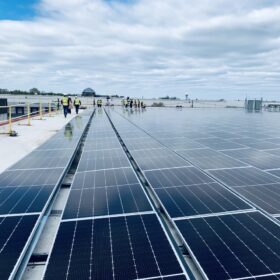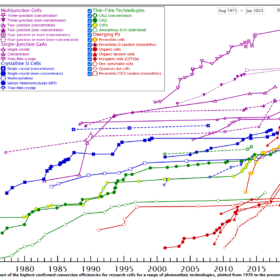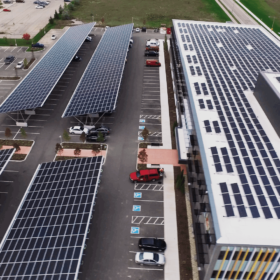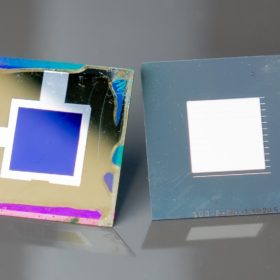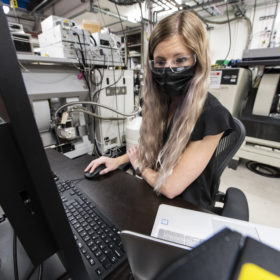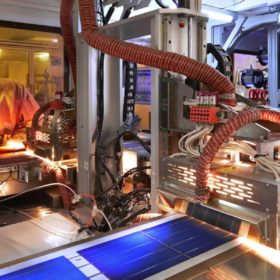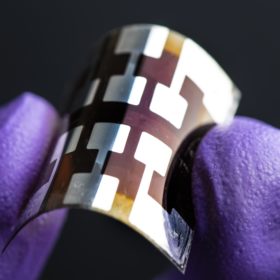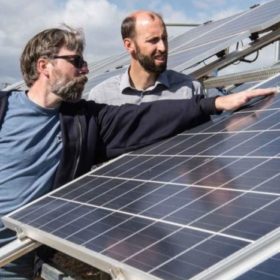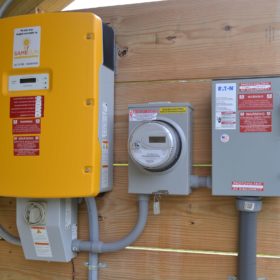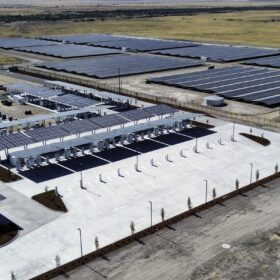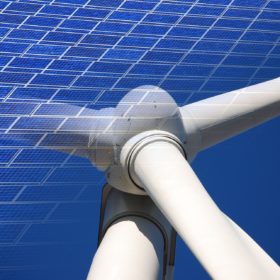Perovskite-silicon solar cell achieves 28.6% efficiency, ready for mass production
South Korean manufacturer Qcells has developed a perovskite-silicon tandem solar cell with a 28.6% efficiency, noting that it was “fabricated by exclusively using processes that are feasible for mass production.”
NREL updates interactive chart of solar cell efficiency
The US National Renewable Energy Laboratory (NREL) has released a new, interactive version of its research cell efficiency chart for a range of PV technologies.
U.S. decarbonization goals hinge on scaling up heterojunction cell tech
HJT technology could fill an innovation gap in the residential and commercial rooftop PV market, and boost U.S. solar leadership through domestic manufacturing of cells and modules.
Color-tunable transparent silicon solar cell with 7.38% efficiency
Designed for BIPV applications by scientists in Korea, the solar cell is based on a 100μm-thick n-type silicon wafer and has a bending radius of 3-6mm.
Center notches 29.80% efficiency for perovskite/silicon tandem solar cell
The solar cell is based on a nanotextured front side and a back side with a dielectric reflector.
Researchers probe light-induced degradation that impacts silicon solar cells
Light-induced degradation (LID) shaves the efficiency of silicon solar cells by about 2%, which adds up to a significant drop in power output over the lifespan of the technology deployed in the field.
Green roofs can boost solar panel efficiency, study finds
The improvements are believed to stem from lower temperatures on the green roof.
Trina Solar improves efficiency of 210 mm PERC solar module
The panel achieved a power conversion efficiency of 23.5%.
Recovering waste heat from solar cells using a thermoelectric generator
The device recovers waste heat from the PV unit and produces additional power.
Do engineers dream of solar panel efficiency?
A true next generation of solar cell technology is upon us. It is time to contemplate the benefits.
